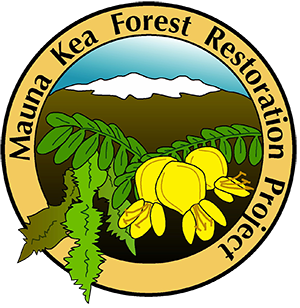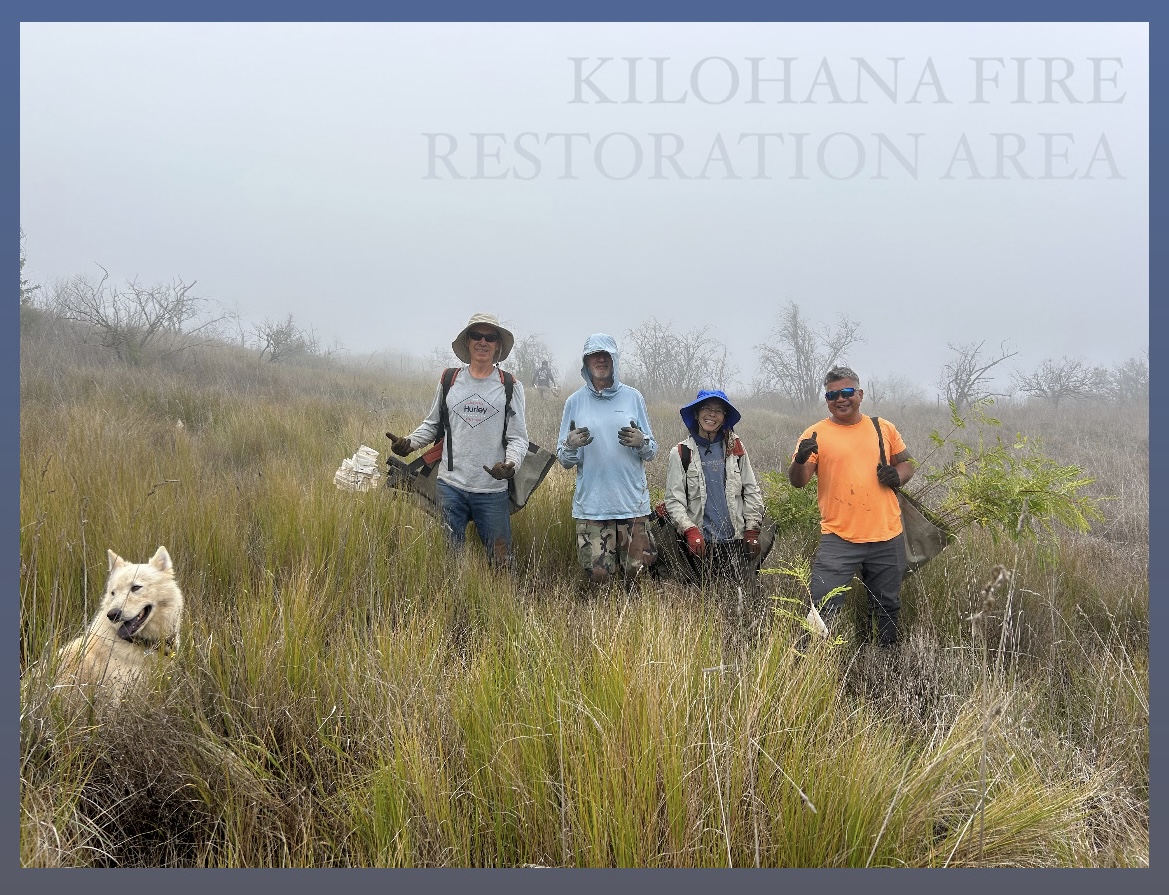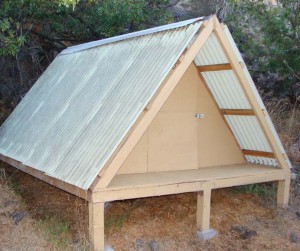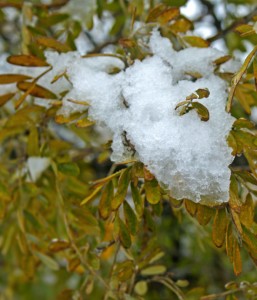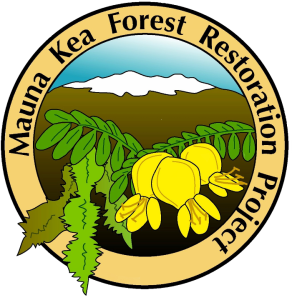
MKFRP Volunteer Packet
Thank you for volunteering with the Mauna Kea Forest Restoration Project! Below is valuable information for your upcoming volunteer outing. Please read thoroughly!

Out-planting Checklist
Recommended supplies & gear:
- Sturdy boots (ankle supporting)
- Long pants
- T-shirts or long sleeved shirts for field work
- Rain jacket and rain pants
- Work gloves
- Sunscreen
- Sunglasses
- Water bottle
- Lunch
Safety Checklist
- Fill out and sign your volunteer service forms. Failure to do so will disqualify a person from access to MKFRP restoration areas and the State may not be responsible for the cost of emergency air evacuations, or workman’s compensation.
- Bring all required medication(s) with you. If you have any medical conditions, please inform MKFRP staff before the work trip (strictly confidential).
- Volunteers with asthma or allergies—especially to bee stings—must bring their medication(s) and a MKRFP staff member must be advised prior to the trip. We are three hours away from any medical assistance.
- Climate is hot and dry during the day; expect dust, grass seeds, wind and limited shade. Latrine facilities in the field are limited. Be able to work in the hot sun all day. The work is hard but the company is good. Weather can change quickly to cold wet weather. Be prepared.
- Drink water all day. The high elevation and constant sun can dehydrate a person quickly.
- Know your limits, and advise your supervisor. Disclose any physical limitations to the project supervisor (information kept confidential).
- Be aware of conditions around you. If others are using heavy machinery or sharp equipment keep a safe distance between you and them.
- All volunteers MUST have hiking boots. The terrain at the site is rocky and rugged, so good ankle support is essential.
What to Expect
- Fieldwork may include rainy or foggy conditions; for reasons of safety, a project postponement may be called with little advance notice.
- The work areas can be at a high elevation between 5,200-ft.–9,800-ft. Some people may experience shortness of breath and fatigue.
- Volunteers come from different backgrounds, yet everyone is there to help in the restoration of Mauna Kea. Come to work. Teamwork is essential for a successful work trip.
- Transport to and from the reserve and/or work may be delayed due to logistics coordination, safety or weather conditions. Come with patience and a sense of humor.
- 4-wheel drive vehicles at times may be required. Please be sure to check if the dates you signed up for require it.
Project Background
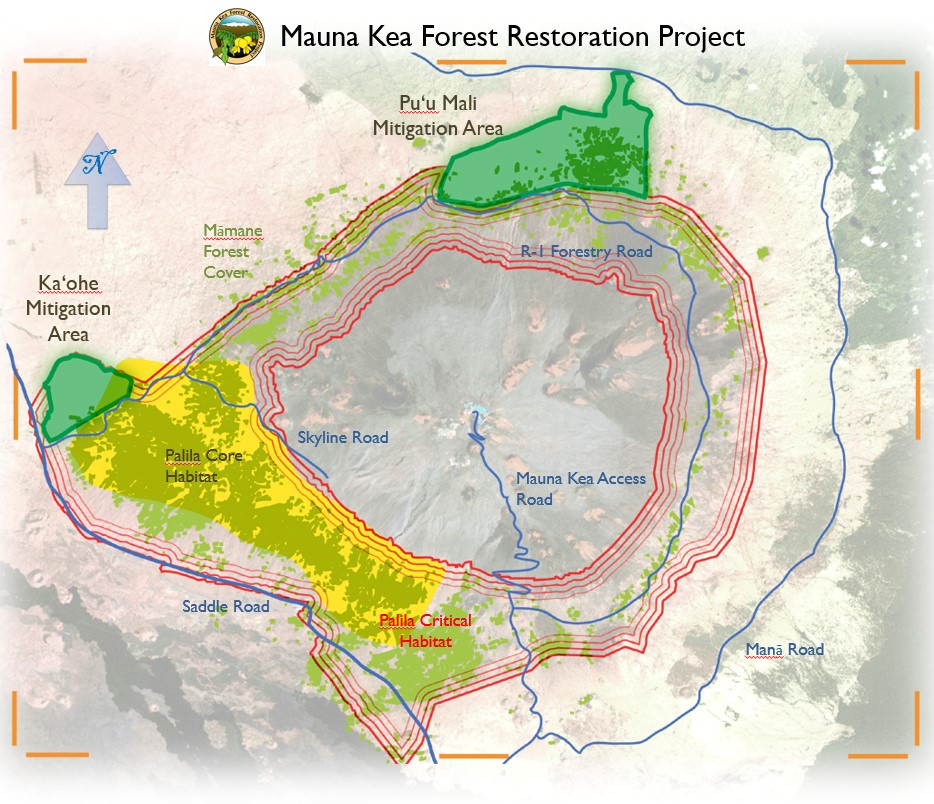 MKFRP was initiated as a result of the Saddle Road realignment project. The road was rerouted through lands designated as critical habitat for the federally endangered Palila. (Loxioides bailleui). In 2002, two areas on Mauna Kea were designated for restoration of māmane (Sophora chrysophylla) forest to mitigate the habitat loss.
MKFRP was initiated as a result of the Saddle Road realignment project. The road was rerouted through lands designated as critical habitat for the federally endangered Palila. (Loxioides bailleui). In 2002, two areas on Mauna Kea were designated for restoration of māmane (Sophora chrysophylla) forest to mitigate the habitat loss.
These areas are Pu‘u Mali Restoration Area (PMRA; 5,140 acres) on the north slope and Ka‘ohe Restoration Area (KRA; 1,400 acres) on the west slope. Both are State owned lands that were formerly leased for cattle ranching and are adjacent to existing māmane forest in the Mauna Kea Forest Reserve. Our goal is to extend the forest down to the lower elevations, increasing the year-round food availability for Palila. Fenced exclosures of each site were completed in 2006.
Since then MKFRP has been working to restore forest by removing feral ungulates, collecting seeds, propagating native seedlings, outplanting seedlings, controlling invasive plants, and removing predators from Palila Critical Habitat. The Hawai‘i Division of Forestry and Wildlife (DOFAW) and the Pacific Cooperative Studies Unit (PCSU) cooperatively manage this project.
Cultural Significance
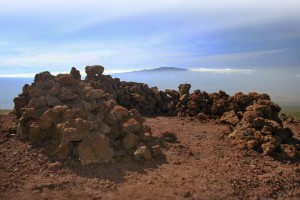 Rising more than 2.5 miles above sea level, Maunakea defines the landscape of the island of Hawai‘i, and is the state’s highest mountain. For Hawaiians it is a wahi pana, a sacred place. Maunakea is considered by some to be the kino lau of Wākea—the physical form of Wākea, the forefather of the Hawaiian people.
Rising more than 2.5 miles above sea level, Maunakea defines the landscape of the island of Hawai‘i, and is the state’s highest mountain. For Hawaiians it is a wahi pana, a sacred place. Maunakea is considered by some to be the kino lau of Wākea—the physical form of Wākea, the forefather of the Hawaiian people.
In ancient times, Hawaiians rarely traveled to high elevation sites as these natural areas were respected as wao ākua, or the realm of the gods. And so, the high-elevation, dry land forest of Maunakea were especially revered. The few specialists that did travel through this unusual forest, thick with māmane and naio thickets and humming with palila songs, were trekking to the summit area where rich dense basalt rock would be fashioned into adzes.
While limited, they did use the resources of the forest. On their journey, larger birds such as ‘ua‘u (Pterodroma sandwichensis) and nēnē (Branta sandwicensis) provided much needed food along with ‘ākala (Rubus hawaiensis) and ‘ōhelo (Vaccinium spp.) berries. Some of the forest birds’ feathers were collected and brought to the chiefs to be made into royal cloaks. And the hard wood of the māmane was particularly sought after to be crafted into adze handles.
And because of its sanctity, many shrines, burials, and kapu surround the mountain top. Let us respect this important mountain and tread reverently in our work there.
Restoration Areas
Kilohana Fire Restoration Area (R1)
Location: Western slope of Mauna Kea near the Kilohana Hunter Check In Station and downslope of Mauna Kea Forest Reserve.
Driving time: 1 hour from Hilo; 1 hour from Waimea.
Elevation range: 5,000 ft. – 6,000 ft.
Fence: 6-ft. woven-wire ungulate exclosure fence completed in 2006.
Current forest: The upper and lower portions of the area support māmane and naio, however much of this area is pasture. The understory is dominated by non-native species including kikuyu grass (Pennisetum clandestinum) and fireweed (Senecio madagascariensis). ‘Ūlei (Osteomeles anthyllidifolia) , ‘a‘ali‘i (Dodonea viscosa) , and Pili Grass (Heterogpogon contortus) occur in some areas.
Current management efforts: Current management efforts are to provide a canopy for native birds to once again inhabit the area. There has also been many threats to palila critical habitat due to fires within the area. Providing this area with trees will hopefully prevent fires from accelerating up the mauna. We also would like to provide a future seed bank for native trees for future generations.
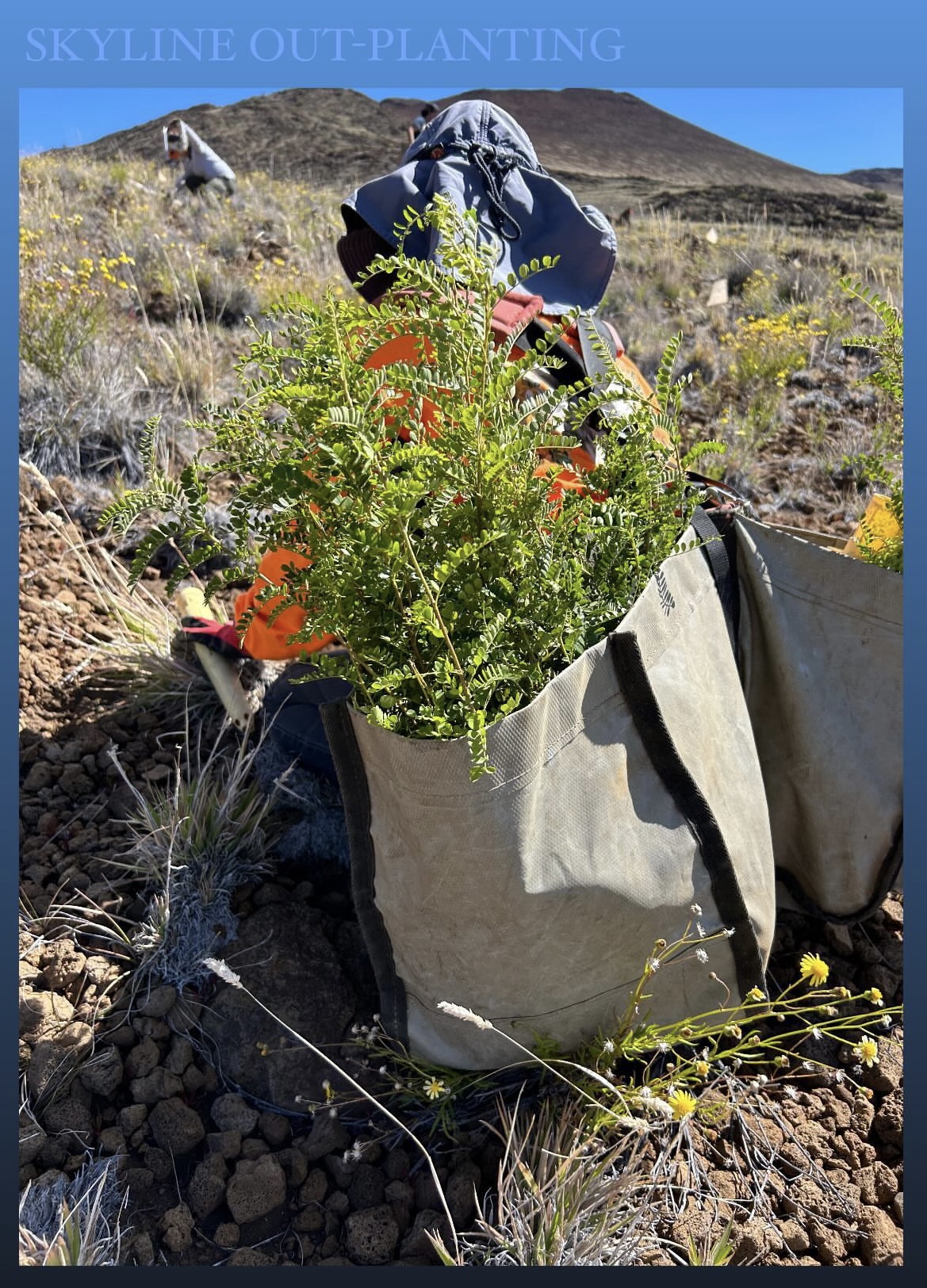
Skyline
Location: Upslopes of Mauna Kea Forest Reserve.
Driving time: 1 1/2 hour from Hilo; 2 hour from Waimea.
Elevation range: 9,000 ft. – 11,000 ft.
Fence: 6-ft. woven-wire ungulate exclosure fence completed in 2006.
Current forest: These high slopes of the mauna provide soil mixed in with cinder and ‘a‘ā lava rocks. The area is mainly populated with pūkiawe (Leptecophylla tameiameiae) and ‘Ōhelo (Vaccinium spp.).
Current management efforts: Outplanting efforts from multiple groups have had the goal to create future forests for palila and other native species. Plant species included in this are māmane (Sophora chrysophylla) , ‘a‘ali‘i (Dodonea viscosa) , ‘iliahi (Santalum paniculatum) , and ‘Ahinahina (Argyroxiphium sandwicense ssp. sandwicense) .
Hale Pohaku
Location: Eastern slopes of MaunaKea near the Astronomy Visitor Center.
Driving time: 1 1/2 hour from Hilo; 2 1/2 hours from Waimea.
Elevation range: 8,000 ft. – 11,000 ft.
Fence: 6-ft. woven-wire ungulate exclosure fence completed in 2006.
Current forest: These high slopes of the mauna provide soil mixed in with cinder, black sand, and ‘a‘ā lava rocks. The area is mainly populated with pūkiawe (Leptecophylla tameiameiae) and ‘Ōhelo (Vaccinium spp.)
Current management efforts: Outplanting efforts from multiple groups have had the goal to create future forests for palila and other native species. Plant species included in this are māmane (Sophora chrysophylla) , ‘a‘ali‘i (Dodonea viscosa) , and ‘Ahinahina (Argyroxiphium sandwicense ssp. sandwicense) .
Pu‘u Mali Restoration Area
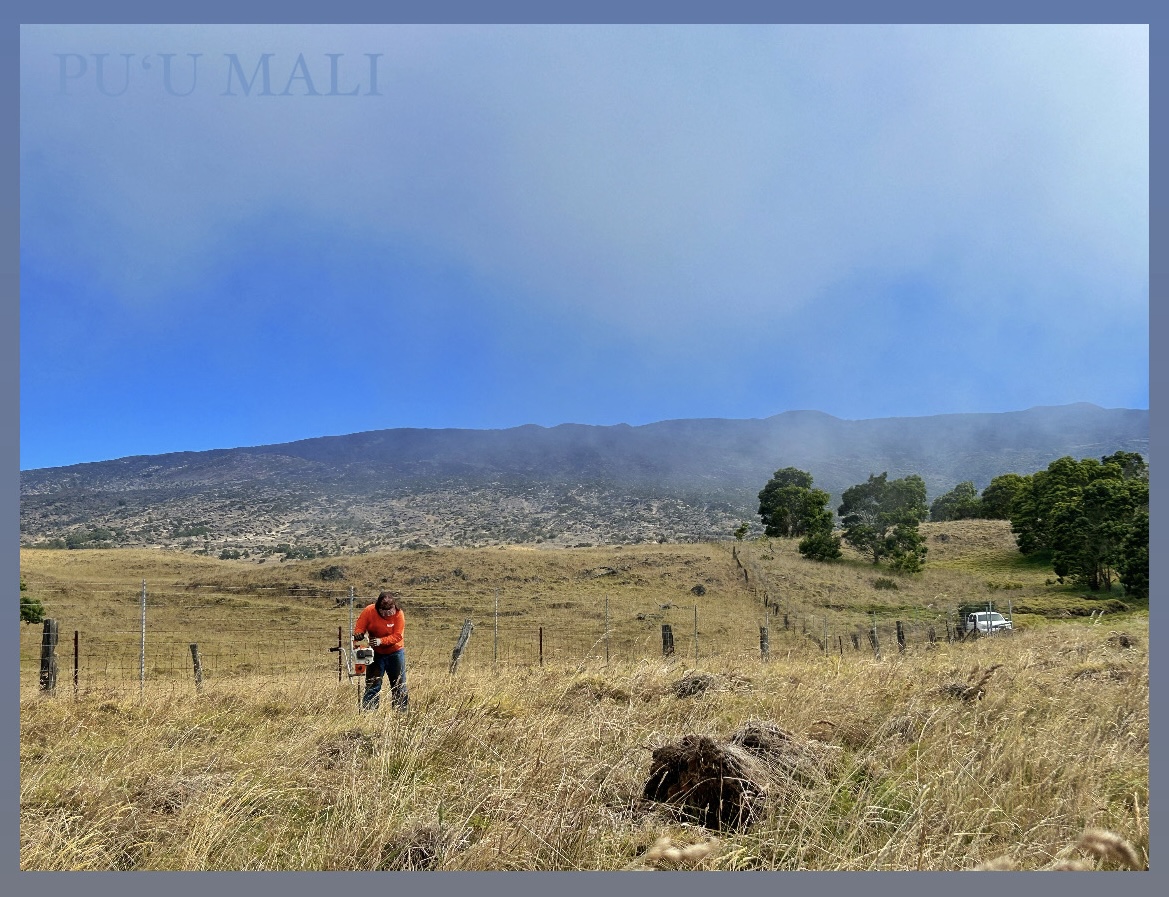
Location: Northern slope of Mauna Kea. The area is adjacent to Mauna Kea Forest Reserve.
Driving time: 2 1/2 hours from Hilo; 1 hour from Waimea.
Size: 5,140 acres
Elevation range: 5,200 ft. – 7,800 ft.
Fence: 6-ft. woven-wire ungulate exclosure fence completed in 2006.
History: Prior to cattle ranching, this site supported koa (Acacia koa) in the lower sections, with māmane (Sophora chrysophylla), naio (Myoporum sandwicense), and ‘akoko (Chamaesyce olowaluana) in the upper areas. Native Hawaiians rarely visited these high elevation forests or the wao ākua (realm of the gods), although they may have passed though the forest on their way to adze quarries at higher elevations. With the arrival of Europeans, this area was degraded by centuries of cattle grazing. Livestock were completely removed in 2010..
Current forest: A 4,000–14,000 year old ‘a‘ā lava flow covers the eastern portion of Pu‘u Mali Restoration Area while the western part was entirely converted to pastureland. Māmane and koa snags still stand in the pasture areas providing a reminder of the forest that we are restoring. Some native plants remain in the pasture in the gulches and rocky outcroppings which were inaccessible to ungulates. The ‘a‘ā flow protected native vegetation from cattle and supports a māmane-dominated forest with a substantial population of ‘akoko. The ‘a‘ā flow also supports rich native plant diversity including na‘ena‘e (Dubautia arborea), ko‘oko‘olau (Bidens menziesii), small-leafed mā‘ohi‘ohi (Stenogyne microphylla), ‘āweoweo (Chenopodium oahuense), ‘ānunu (Sicyos macrophyllus), and Hawaiian stinging nettle (Hesperocnide sandwicensis)
Current management efforts: A field camp serves as a base for staff, researchers, and volunteers. Current activities include: (1) site preparation prior to out-planting, (2) collecting native seeds, (3) out-planting seedlings, (4) scattering native seeds, (5) controlling cape ivy (Delairea odorata) and fountain grass (Pennisetum setaceum), and (7) monitoring/maintaining the perimeter fence at Pu‘u Mali Restoration Areas and the new Palila Critical Habitat fence.
Ka‘ohe Restoration Area
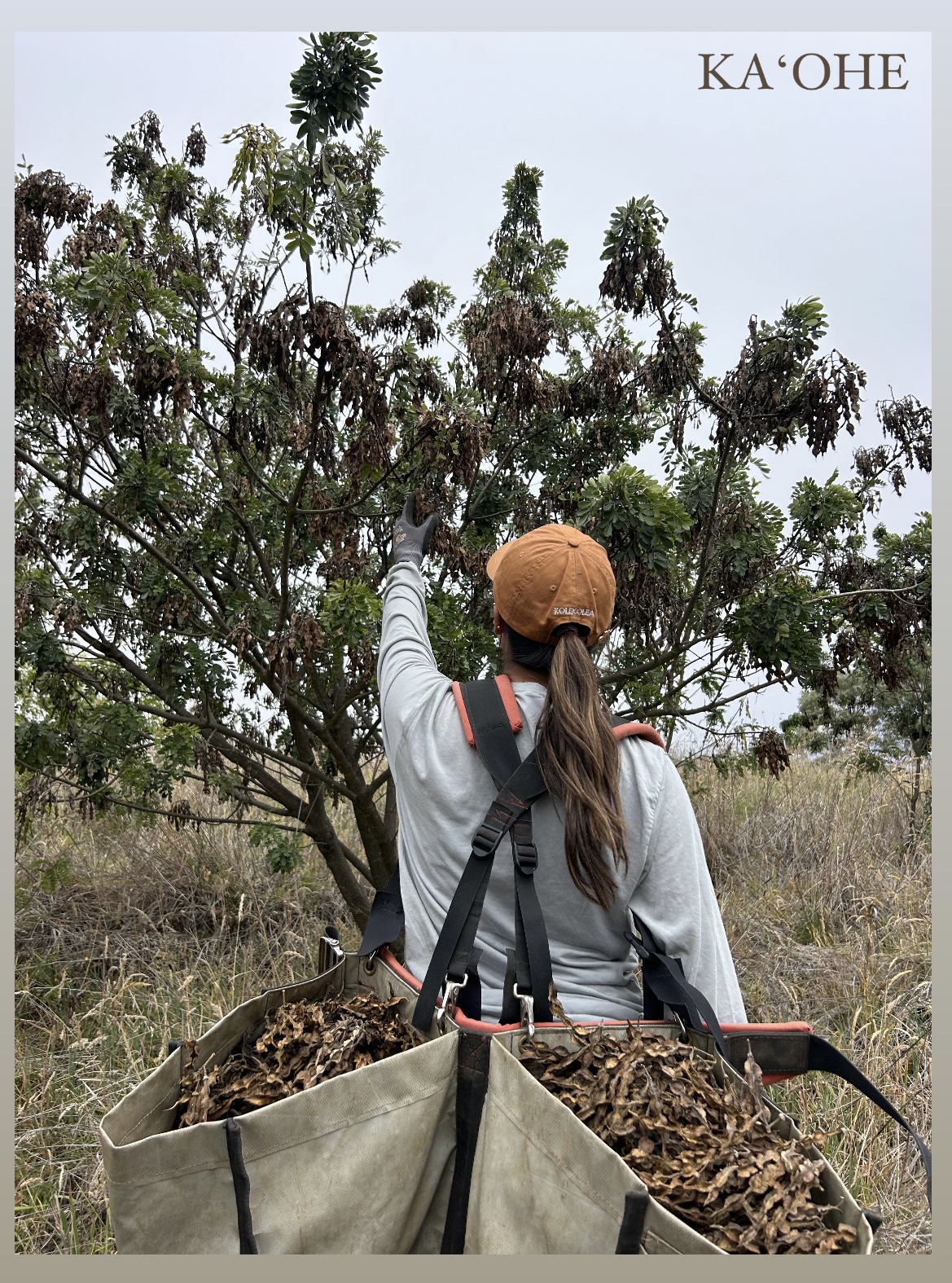
Location: Western slope of Mauna Kea adjacent to Ka‘ohe Game Management Area, Parker Ranch, and downslope of Mauna Kea Forest Reserve.
Driving time: 1 1/2 hours from Hilo; 1/2 hour from Waimea.
Size: 1,400 acres
Elevation range: 5,800 ft. – 7,000 ft.
Fence: 4-ft. woven-wire ungulate exclosure fence completed in 2006.
History: Historically, this site supported a rich dry forest of māmane (Sophora chrysophylla) and naio (Myoporum sandwicense). Native Hawaiians rarely visited high elevation forests or the wao ākua (realm of the gods), although they may have passed though the forest on their way to adze quarries at higher elevations. With the arrival of Europeans, this area was degraded by centuries of cattle grazing. Aerial photos from 1950 indicate that a dense
forest existed on site. However, much of the forest was converted to pasture and today the remaining forest is highly degraded. Livestock were completely removed in 2010. It is classified as Palila (Loxioides bailleui) Critical Habitat.
Current forest: The upper and lower portions of the area support māmane and naio; much of the area in between the upper and lower portions is pasture. Cape ivy (Delairea odorata) is an invasive vine present throughout most of the forested area. The understory is dominated by non-native species including kikuyu grass (Pennisetum clandestinum) and fireweed (Senecio madagascariensis). ‘Ulei (Osteomeles anthyllidifolia) and ‘a‘ali‘i (Dodonea viscosa) occur in some areas. Māmane seedlings are sprouting throughout the unit now that ungulates have been removed.
Current management efforts: (1) site preparation prior to out-planting, (2) collecting native seeds, (3) out-planting seedlings, (4) scattering native seeds, (5) controlling cape ivy and fountain grass, and (7) monitoring/ maintaining the perimeter fence at Restoration Areas and the new Palila Critical Habitat fence.
Camping Checklist
This section is only required if you have registered for a camping week with Mauna Kea Forest Restoration Project. Our normal out-planting events do not involve camping. Camping opportunities are very limited and will be announced via emails or through social media. Please disregard this section if you are not in need of camping information. Mahalo!

Recommended supplies & gear:
- Sturdy boots (ankle supporting)
- Long pants
- T-shirts or long sleeved shirts for field work
- Rain jacket and rain pants
- Work gloves
- Sunscreen
- Sunglasses
- Water bottle
- Lunch
If you are registered for a camping outing, supplies needed include:
- Tent or sleeping cot
- Warm Sleeping Bag (rated 20° or below)
- Sleeping Pad
- Camping chair
- Warm Sweater, layers
- Extra clothes
- Warm sleep clothes, beanie
- Personal toiletries
- Slippers, rubber boots
- Flashlight/headlamp
- Allergy medication, contact solution, glasses.
- Food for the trip (and cooler with ice)
What to Expect
- Fieldwork may become hazardous in rainy or foggy conditions; for reasons of safety, a project postponement may be called with little advance notice.
- The camp site and work area are at a high elevation between 5,200-ft.–7,800-ft. Expect shortness of breath and fatigue.
- Volunteers come from different backgrounds, yet everyone is there to help in the restoration of Mauna Kea. Come to work. Teamwork is essential for a successful work trip.
- Transport to and from the reserve and/or work may be delayed due to logistics coordination, safety or weather conditions. Come with patience and a sense of humor.
- 4-wheel drive vehicles are required. All vehicles must be in 4WD once on the dirt road.
Camping at Pu‘u Mali Restoration Area:
- Bring a warm sleeping bag (rated 20° or below) and a head lamp. Because of the high-elevation, temperatures normally dip into the 30’s. And it can be very dark at night.
- Our campsite at Pu‘u Mali consists of one main cabin (kitchen, community area) and 14 one-to-two-person mini A-frame cabins for sleeping. Tents are not necessary.
- Our water source is from a catchment system and it rains very little. Showers are available but we ask that you keep it as short as possible. Drinking water will be provided in large jugs.
- Our main cabin has a fully equipped kitchen including stove and oven, pots and pans, and cooking and eating utensils. Bring a cooler with ice for your perishable foods.
- At camp, we have one composting toilet. It is designed to handle all human waste and toilet paper, but nothing else. There are no bathroom facilities in the field.
Camp Rules
-
- Prior to the trip, each volunteer (and chaperone) is required to carefully review the MKFRP Volunteer Packet. Each volunteer and/or chaperone is subject to the same State of Hawai’i laws and ethical codes as any MKFRP employee.
- In signing the MKFRP waivers and Volunteer Agreement, each volunteer accepts personal responsibility for his/her own behavior and agrees to abide by the MKFRP rules and State law and behave accordingly.
- A chaperone, group leader, or advisor is required with all youth groups. The chaperone is fully responsible for the behavior and actions of the group.
- Inappropriate action by any volunteer may be grounds for immediate removal from MKFRP restoration areas.
- When returning to the cabin after the workday, free time may be spent within an area prescribed by the MKRFP staff in and around the cabin.
- Please be respectful of other people’s space, property, and quiet time and their need to sleep. Lights out in the cabin is at 10pm. Curtail noisy activity in and outside the cabin.
-
- Respect natural resources
- Assist in preventing the introduction of plants or animals.
- All natural resources are to be left in their natural state.
- Protected species (i.e., Palila) should not be disturbed.
- Respect cultural areas and practices
- Culturally responsible and respectful conduct by all personnel is expected.
- All archaeological, historical, cultural and religious sites and areas shall be left in their natural state.
- No gambling activities are allowed.
- Stay in safe and authorized work areas. No wandering.
- No fireworks are allowed.
- No Smoking allowed. Fire destroys our precious dry forests.
- Narcotics, illegal drugs, and alcohol are strictly prohibited.
